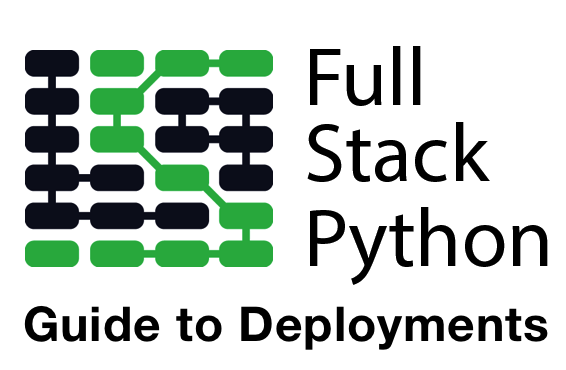Python 2 or 3?
The Python programming language is currently in the midst of a long-term transition from version 2 to version 3. New programmers typically have many questions about which version they should learn. It's confusing to hear that Python 3, which was originally released in 2008, is still not the default installation on many operating systems.
Here's the good news: you can't go wrong starting with either version. While there are differences in unicode and syntax, for the most part if you start with Python 2 and then learn Python 3 you won't be starting from scratch. Likewise, you'll be able to read and write Python 2 code if you started with Python 3.
My personal recommendation for new programmers as of right now is to use Python 3. There are enough great resources out there that teach version 3 from the ground up. Python 3 is the future and you will not regret starting with the "correct" version of the programming language.
However, if you are interested in DevOps-type work with configuration management tools such as Ansible or Fabric, then you'll have to stick to Python 2 because they have yet to upgrade to support Python 3. If you know there are libraries you must use in a project, check the Python Walls of Superpowers. If you're using Django, there is also a wall specifically for Python 3 compatibility of popular Django packages.
Visualizations and Projects
Since upgrading from Python 2 to 3 has been such a huge undertaking within the community, many projects have sprung up to make the transition easier.
-
six is a 2/3 compatibility library that is a dependency for many popular Python projects to make it easier to support both Python 2 and 3 at the same time.
-
Python 3 Readiness is a visualization of which most popular 360 libraries (by downloads) are ready to be used with Python 3.
-
The Python clock counts down the time until Python 2.x is no longer maintained. While in 2016 Python 2's retirement may seem a long time away, it can take a lot of time and effort to migrate existing application to the modified syntax in 3.x.
Porting to Python 3 resources
Moving an existing codebase to Python 3 from 2 can be a daunting task, These resources were created by fellow developers who've previously gone through the process and have advice for making it less painful.
-
Python 3 Porting is an entire book with details for how to upgrade your existing projects and libraries to Python 3.x.
-
Moving from Python 2 to Python 3 is a PDF cheatsheet for porting your Python code.
-
The official porting code to Python 3 page links to resources on porting Python code as well as underlying C implementations. There is also a quick reference for writting code with Python 2 and 3 compatibility.
-
Django and Python 3 How to Setup pyenv for Multiple Pythons is a screencast showing how to run both Python 2 and 3 for different projects using pyenv.
Python 2 to 3 resources
-
Why should I use Python 3? is a detailed FAQ on important topics such as unicode support, iteration improvements and async upgrades provided by 3.x.
-
Want to know all of the advantages and what's changed in Python 3 compared to Python 2? There's an official guide to Python 3 changes you'll want to read.
-
Python 3 in 2016 explains that many newer Python developers have only used Python 3 and as that cohort continues to grow it will have an outsized impact on further adoption.
-
Python 3 is winning presents data and graphs from PyPI to show that at the current rate, by mid-2016 overall Python 3 library support will overtake Python 2 support.
-
The stages of the Python 3 transition provides perspective from a core Python developer on how the transition from Python 2 to 3 is going as of the end of 2015.
-
Porting to Python 3 is like eating your vegetables explains that there are treats in Python 3 that are worth porting for and has some tips on making the transition easier.
-
Scrapy on the road to Python 3 support explains from the perspective of a widely used Python project what their plan is for supporting Python 3 and why it has taken so long to make it happen.
What's next now that you know about Python versions?

Searching for a complete, step-by-step deployment walkthrough? Learn more about The Full Stack Python Guide to Deployments book.
Email Updates
Python 2 or 3?
Need more detailed tutorials than you see here? Learn more about The Full Stack Python Guide to Deployments book.

